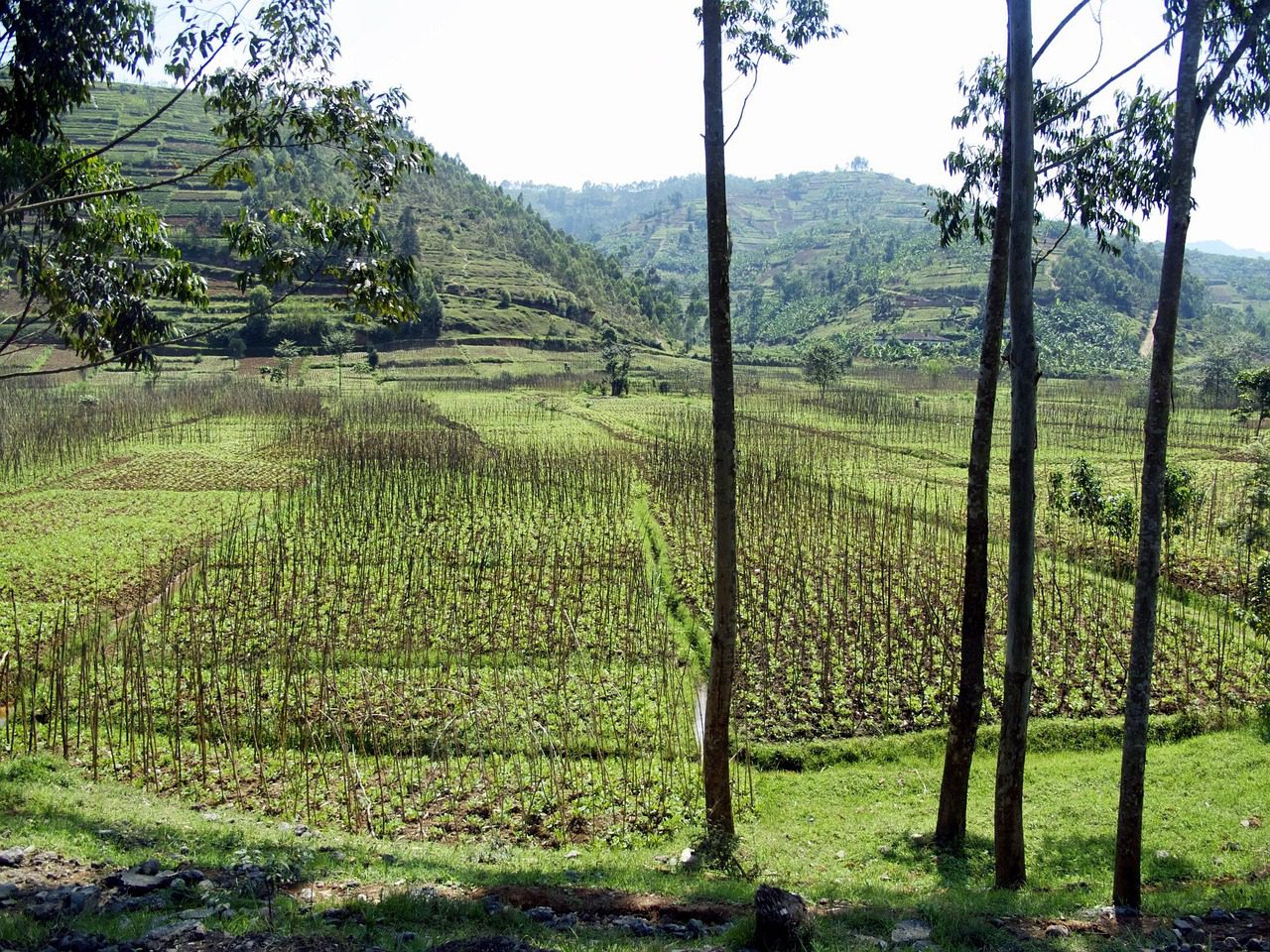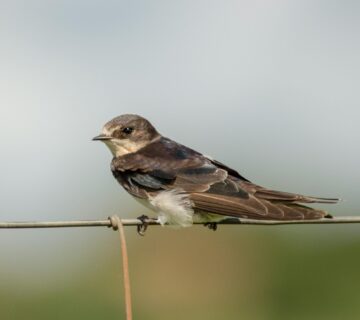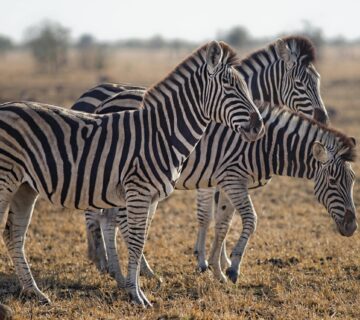What Is the Rainy Season in Rwanda?
Tucked away in the heart of East Africa, Rwanda is known as the “Land of a Thousand Hills” a country where the mist dances over lush mountains and nature’s rhythms echo through the valleys. The rain here doesn’t simply fall; it breathes life into landscapes, nourishes the soul of the nation, and sets the pace of daily life. Understanding the rainy season in Rwanda isn’t just about weather forecasts it’s about discovering how nature weaves itself into the culture, lifestyle, and adventure of this vibrant land. Whether you’re planning to trek mountain gorillas or simply want to understand the best time to visit, the rainy season plays an important role in shaping Rwanda’s experience.
Understanding Rwanda’s Climate
Rwanda lies just south of the equator, and its climate is generally moderate and temperate, thanks to its high altitude. Despite being in the tropics, the country doesn’t suffer from excessive heat. Instead, Rwanda experiences a pleasant mix of warm days and cool nights. The country enjoys two rainy seasons and two dry seasons each year. The weather is fairly predictable, which makes planning a trip relatively easy for those in the know.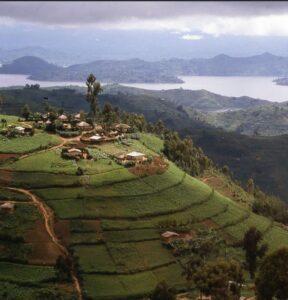
The rainy seasons fall between March to May and October to December, with March and April being the wettest months. The dry seasons run from June to September and mid-December to February, offering the best conditions for outdoor activities.
The Long Rainy Season (March to May)
From March through May, Rwanda experiences its longest and heaviest rains. During this period, rains are frequent, often occurring in the afternoons and evenings, though mornings can be bright and sunny. The hills turn a deep green, rivers swell with life, and wildlife thrives amid the rejuvenated forests.
This season is often seen as a time of renewal. Farmers prepare and plant crops, landscapes flourish, and the country takes on a rich, vibrant tone. However, heavy rains can sometimes lead to travel delays, especially in rural areas where roads may become muddy and difficult to navigate. For travelers, it’s essential to plan accordingly carry waterproof gear, wear sturdy shoes, and be flexible with itineraries.
Yet, there’s something magical about being in Rwanda during this time. Fewer tourists mean more intimate wildlife encounters, especially for those venturing into the rainforests for gorilla or chimpanzee trekking. The rain makes the foliage denser and more photogenic, and animal sightings are still frequent just with an added sense of adventure.
The Short Rainy Season (October to December)
The second, shorter rainy season begins around October and runs through early December. While not as intense as the long rains, this season still brings regular showers. Like the earlier season, these rains tend to fall in the afternoons or evenings, giving travelers ample time to explore in the mornings.
This period is often preferred by photographers and nature enthusiasts. The landscapes are lush, flowers bloom, and the skies are dramatically beautiful. It’s also a time when many migratory birds arrive in Rwanda, making it a rewarding season for birdwatchers.
The short rains don’t typically affect tourism as much as the long rainy season does. Roads are more manageable, and trekking trails remain open and accessible. Many lodges offer discounts during this time, making it ideal for budget-conscious travelers looking for a rich, immersive experience.
Why the Rainy Season Matters
In Rwanda, rain is more than just weather it’s part of the cultural fabric. Rain is welcomed as a blessing and a symbol of abundance. In rural communities, it signals planting time and the promise of a good harvest. In cities, it offers relief from the dust and refreshes the air.
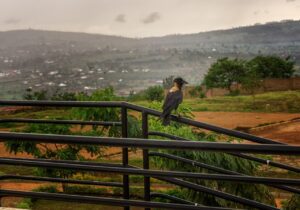
Travelers who embrace the rainy season often find a deeper connection to the country. The slower pace, the dramatic landscapes, and the chance to see Rwanda through a less-commercialized lens can be incredibly rewarding.
In Nyungwe Forest, the rain awakens the canopy. In Volcanoes National Park, the mist adds a mystical quality to the mountain slopes. In Kigali, the capital, the rhythm of the city shifts gently to the beat of the falling rain. Umbrellas bloom like flowers on the streets, and the scent of earth after rain what locals call “petrichor” fills the air with nostalgia and hope.
What to Expect When Traveling During the Rainy Season
While the rainy season offers beautiful scenery and quieter tourist sites, it’s important to be prepared. Here are a few tips for making the most of your visit:
1. Pack Smart: Waterproof jackets, quick-drying clothes, and sturdy hiking boots are essential. Don’t forget a good-quality umbrella or poncho and dry bags for electronics and cameras.
2. Plan for Delays: Heavy rains can impact transportation. Allow extra travel time and have flexible schedules. Local flights and guided tours may shift depending on weather conditions.
3. Choose the Right Activities: Rainy days are perfect for museum visits, cultural experiences, and scenic drives. National parks remain open, but trekking can be more physically demanding. If you’re planning to track gorillas or chimpanzees, be prepared for muddy and slippery trails.
4. Embrace the Moment: Rain has a way of slowing things down and that’s not a bad thing. Use the opportunity to enjoy the serenity, read a book by the fireplace in a cozy lodge, or simply watch the rain fall over Rwanda’s breathtaking landscapes.
The Beauty of Rwanda in the Rain
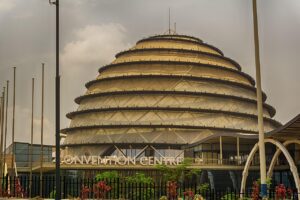
There is an undeniable beauty in Rwanda when it rains. The raindrops glisten on banana leaves. The rolling hills are cloaked in mist, creating an ethereal atmosphere that feels untouched by time. Children play in puddles. Farmers smile as their fields are blessed with water. The rhythm of life continues but softer, more intentional.
In places like Lake Kivu, the rain adds a romantic touch, perfect for quiet boat rides or sipping local coffee from lakeside cafes. In the countryside, tea plantations stretch like emerald carpets, refreshed and alive. And in the heart of the rainforests, the symphony of raindrops, birdsong, and rustling leaves is the kind of music no concert hall could replicate.
When Is the Best Time to Visit Rwanda?
The best time to visit depends on what you’re looking for. If you want clear skies and easy travel, the dry seasons are ideal. But if you’re open to a bit of rain in exchange for fewer crowds, dramatic landscapes, and richer experiences, the rainy seasons are incredibly rewarding.
For gorilla trekking, dry months are recommended for ease of movement, but gorillas can be tracked year-round. Just note that during the rainy season, the terrain is muddier and more challenging, though this doesn’t deter many adventurers.
Birdwatchers and photographers may actually prefer the rainy months, especially the short rainy season, when the scenery is at its greenest and most alive.

